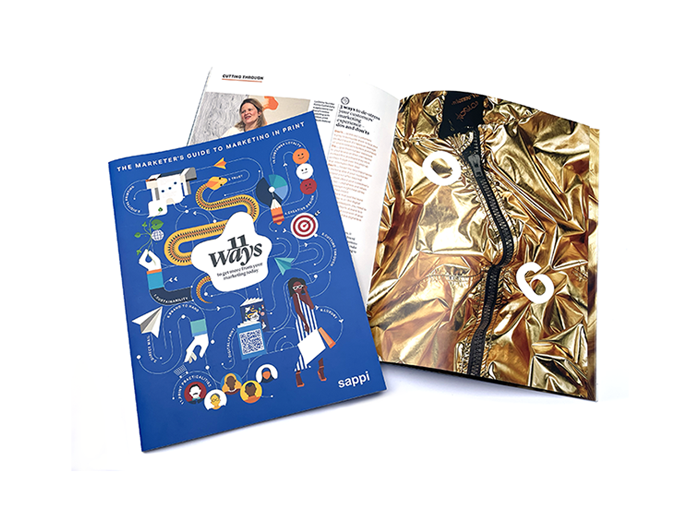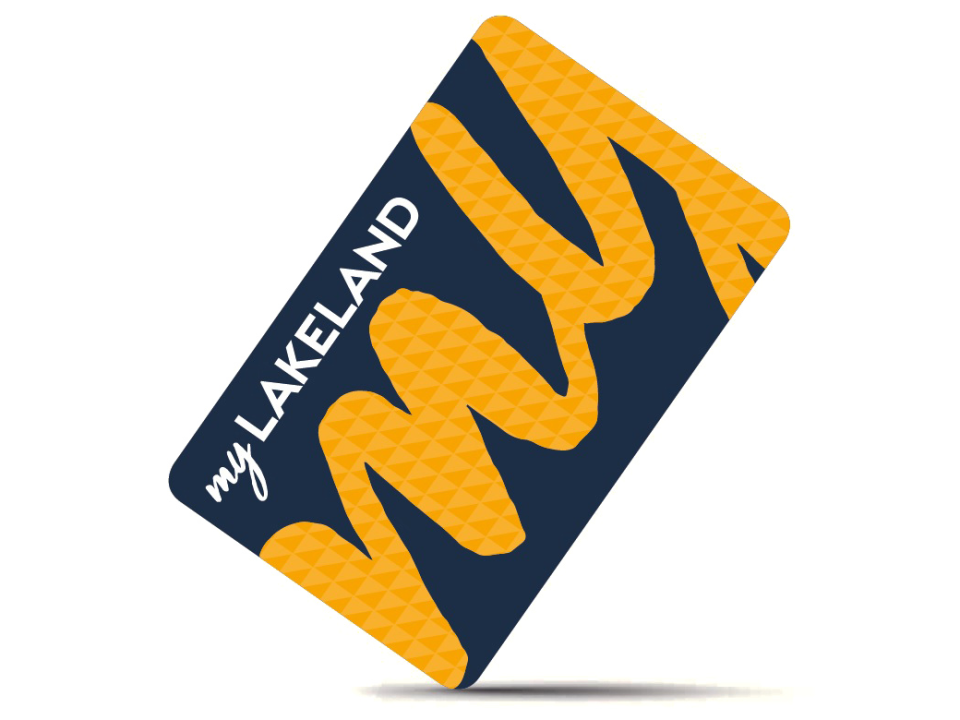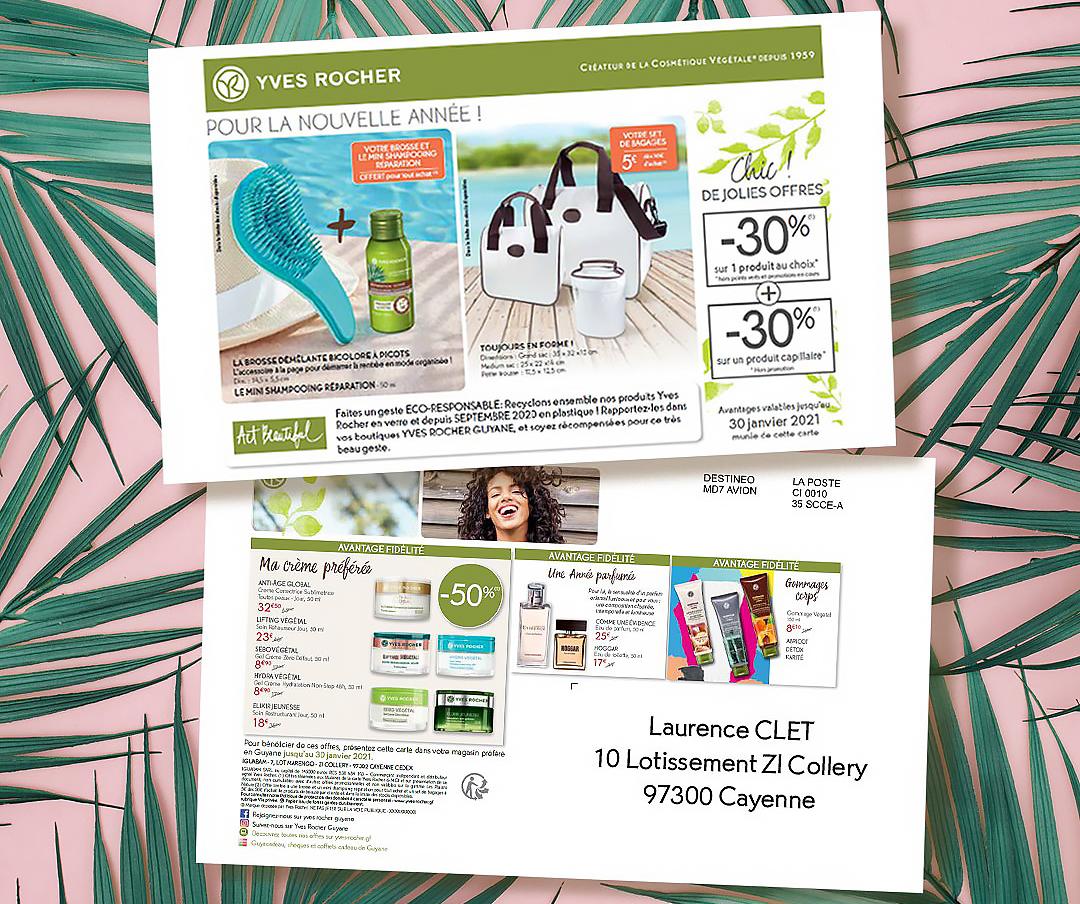Personalised Marketing and Digital Printing

The more targeted the message, the higher the response rate. That’s the solid conclusion from a growing body of research fuelling a powerful trend towards customisation, and away from mass mailings. For example, consumers are 60% more likely to become repeat buyers after a personalised shopping experience, according to a report released last year by customer data platform Twilio. But even marketers keen to embrace customisation as more cost-effective and lucrative may be wondering what is the smartest way to go about executing an individualised marketing campaign?

Digital channels have been the no-brainer option for the past decade, but with data privacy changes such as the EU’s General Data Protection Regulation (GDPR), California’s Consumer Privacy Act, as well as changes afoot at Apple and Google, the landscape is changing. As the Harvard Business Review puts it: “With Google phasing out the third-party cookies on Chrome browsers and Apple implementing changes to its iOS14 operating system, the death of third-party cookies is imminent.” And privacy concerns aren’t the only potential game-changer.
As far back as 2013, research by digital advertising agency Infolinks showed that 86% of consumers have ‘banner blindness’, meaning their eyes just slide over digital ads. This is backed by a Nielsen Norman Group eye-tracking study from 2018, which found that consumers quickly learn to ignore the spots where ads are usually placed, like the tops and sides of web pages.
“We all receive so many emails every day, and so much of it is junk mail that we don’t open it all. The beauty of mailing out or distributing a printed item is that it’s more trusted. It’s also something the customer can touch and engage with.”
For Cirimele, variable data printing is, “A swift knife you can use for marketing and advertising.”
Why? Because this type of digital printing can deliver perfectly customised marketing by inserting into any text a customer or prospect’s name, address and other personal information.
Whether in a letter, postcard, poster, envelope, brochure, flyer, catalogue or even book, tailoring names and details is quick and easy. Variable data printing also offers the ability to change images, background colours and artwork at the flick of a marketing switch, making it simple to print a different image for each type of customer and to change, add or take out copy to make it more relevant.
“Ten years ago, we couldn’t have managed this volume of variable data, but now it’s really easy. If you have a campaign or an idea, you can print one flyer or thousands – each with different data and a different image – and test your campaign, price and product.”

Of course, as Julián Penche, founder and chief executive of Spanish-based direct mail specialist Mailfactory points out, a brand or company can only do this if it has an up-to-date, segmented database. With that, there are very real opportunities to capitalise on the proven marketing effectiveness of direct mail – and combine the agility of variable data printing with the potential of data-driven marketing.
Recent Data & Marketing Association (DMA) research shows that consumers engage with 91% of printed direct mail material – and that the medium is increasing in effectiveness, with nine out of 10 consumers having been prompted to go online or engage in digital activity, and a similar proportion influenced to make an online purchase.

So, employing a targeted, tailored, printed campaign to reach consumers opens the door for more engagement online, too. And so increases the chances of a smooth conversion.
Case study
A year-long exercise of adapt and learn
Lakeland is a home goods retailer in the UK, operating online and with its own stores. In 2020 they launched a direct mail campaign targeted at members of the brand’s loyalty scheme, myLakeland.
The aim was to use member data to deliver highly personalised offer packs for each member – to increase average member value, reduce customer churn and drive revenue growth.
Using data from past purchases and online actions, Lakeland and their agency, Go Inspire, identified 26 different customer behaviour segments. They used these to create five core offer packs. Each pack differed according to whether the customer was a new member or shopped regularly instore or online. Lapsed customers who required re-engaging also received bespoke packs.

The thousands of packs also went through another round of personalisation: content (such as vouchers, recipes and competitions) varied according to where the customer lived, their proximity to a store and their past purchase behaviours.
Using variable data digital printing meant that Go Inspire could adapt individual packs in almost endless ways. Meanwhile, data was monitored so that each new batch issued over the 12-month period of the campaign was refined – and more bespoke offers added.
Results were impressive, with the annual contract value of each member growing by 21% year-on-year. The packs delivered £3.2m in incremental revenue over the 12 months, while the increase in personalisation options increased incremental spend per person by 9%.
Case study
‘A very targeted method to entice customers into shops’
Spanish-based direct mail specialist Mailfactory, handles marketing campaigns for global beauty brand Yves Rocher, with more than 15m customers across Europe.
Personalised vouchers are sent to customers’ homes in France, Scandinavia, Poland and Germany. Digital printing allows the brand to put a personalised message and image on each individual mailing – to remind customers of favourite products and encourage them to try new ones.

Typically, coupons can be exchanged for a discount, something that allows the brand to measure response rates and update its database by tracking who, where and what purchases are made as a result of each particular direct mail campaign.
“It’s a very targeted method to entice customers into their shops. The marketing team has data showing what customers regularly buy, so when there’s a new launch of something similar, they send a printed voucher with an image of the new product and a discount to entice them to buy. Or if, say, they haven’t purchased an item for three months, they’ll send a customised coupon to encourage them to buy it again.”
Case study
‘The trigger for all marketing activity is the printed coupon’
Every August, just in time for the start of the football season across Europe, Italian-based PressUP prints 25m variable data coupons for Europe’s flagship international football association.
Once the app has been downloaded, the client or marketing agency can then target fans with information about matches and players – alongside advertisements and promotions.

These scratch card-style coupons are distributed across the continent through being inserted in newspapers and sports magazines, and left on counters at sports bars.
Football fans who interact with them are encouraged to download an app to go online and find out whether they’ve won a prize – typically a free T-shirt, baseball cap or match tickets.
“The trigger for all this marketing activity is the printed coupon. And the only way it would be possible to print this is using the digital process. Although the graphics are the same for all 25m coupons, each one carries a unique code that is different to each and every other.”



